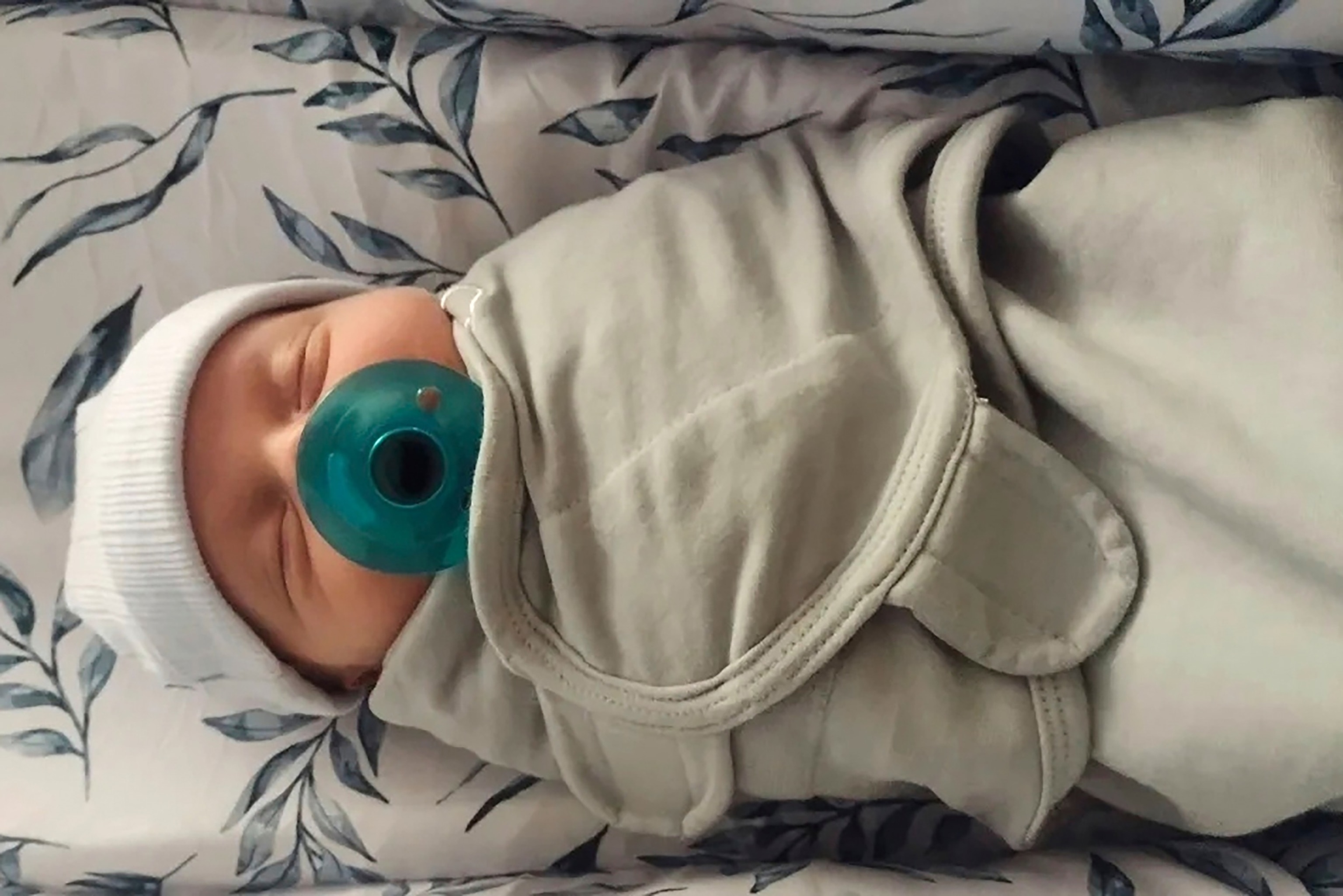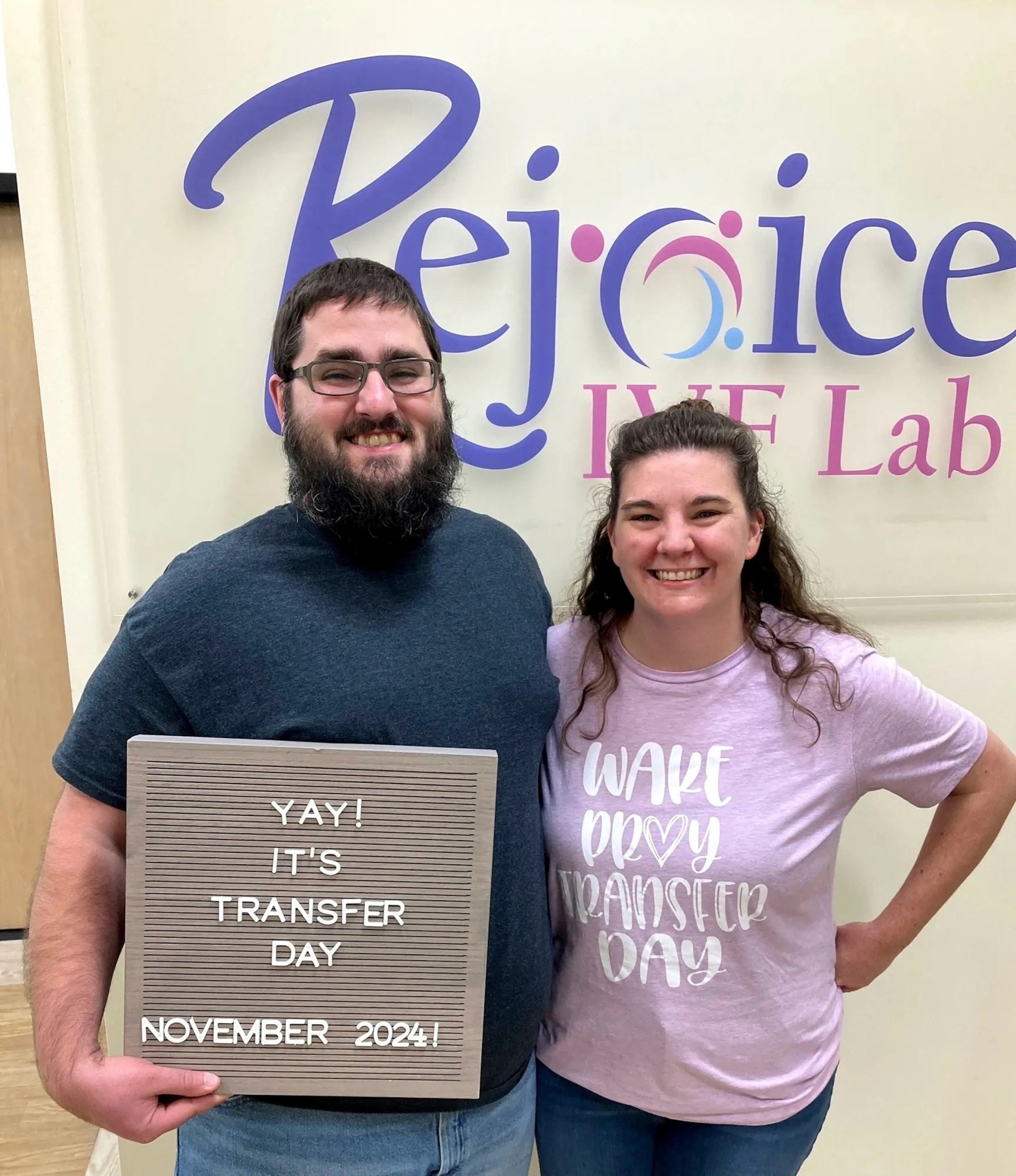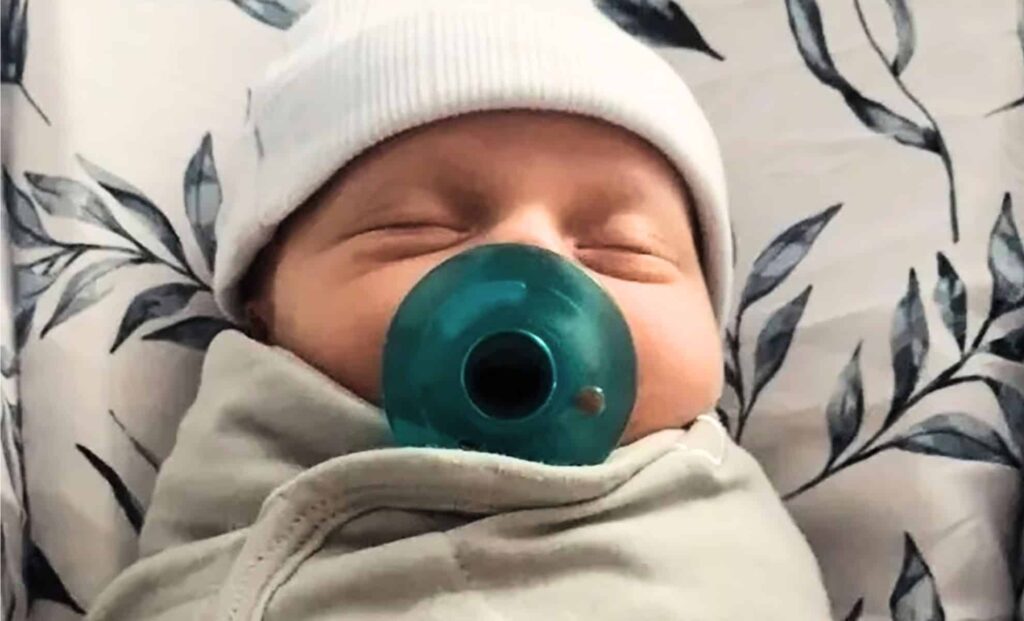On July 26, 2025, Thaddeus Daniel Pierce was born in Ohio. What sets his arrival apart isn’t medical drama or celebrity lineage, but time itself. Thaddeus came into the world from an embryo created and frozen in 1994, setting a new world record for the longest-known interval between embryo cryopreservation and birth. This birth, documented by MIT Technology Review, is forcing fresh scrutiny of the long-standing yet unresolved debate over the ethics, logistics, and future of embryo freezing.
Thirty Years in Deep Freeze: How This Happened
The embryo that would become Thaddeus was created through in vitro fertilization (IVF) in 1994 by a woman named Linda Archerd and her then-husband. After giving birth to one child using a freshly implanted embryo, Linda chose to freeze the remaining three, storing them in liquid nitrogen at –196°C. They remained untouched for over three decades.
Now post-menopausal and long divorced, Linda decided she no longer wanted to keep the embryos frozen, nor did she feel comfortable donating them to research or having them destroyed. Instead, she turned to Nightlight Christian Adoptions, a faith-based agency that facilitates embryo adoption—a legal and medical process allowing prospective parents to receive and carry embryos donated by others.
The chosen recipients, Lindsey and Tim Pierce of London, Ohio, had spent seven years trying to conceive. They were matched with Linda, and two embryos were implanted. Only one developed: the boy they named Thaddeus.

This photo provided by Rejoice and John David Gordon on July 31, 2025, shows Thaddeus Pierce. Rejoice and John David Gordon via AP
Thawed Hope: The Medical Facts Behind the Record
Cryopreserving embryos for future use is standard in fertility treatments today, but few are stored beyond a handful of years. Dr. John Gordon, founder of Rejoice Fertility in Kentucky and the physician who treated the Pierces, acknowledged the rarity of this case—not only for its duration, but because the embryo was frozen using older slow-freeze techniques, rather than the more modern and efficient vitrification used today.
Despite the three-decade freeze, there’s no evidence suggesting the embryo’s age had any negative effect on development. Pediatrician and ABC News contributor Dr. Alok Patel noted that “if these eggs are frozen properly and they are thawed and pass screening, they can be just as healthy as an embryo created today.”


This statement aligns with a growing body of data suggesting that embryo viability is not significantly diminished by time, assuming storage conditions remain stable. Still, most fertility clinics remain hesitant to implant embryos frozen for long periods due to uncertainties around long-term risks—both biological and psychological—for parents and children.
The Ethics of Embryo Adoption
At the heart of this story is a much broader question: What should happen to the millions of frozen embryos stored around the world? In the United States alone, experts estimate there are around three million embryos in storage. Many of them belong to people who no longer respond to clinics or haven’t made decisions about what to do next.
Unlike sperm or egg donations, which are generally anonymous, embryo adoption in the U.S. is often an open process—particularly when managed by faith-based groups. Nightlight, the agency involved in Thaddeus’s case, allows donors to set criteria for recipients based on values, religious background, or family structure.
This raises tough ethical questions. Should embryos be treated like adoptable children? Is it appropriate—or even fair—for donors to vet potential families based on subjective moral criteria? And what happens when the line between biological material and potential life becomes increasingly blurred?
In contrast, many European countries either prohibit embryo adoption or strictly regulate it. Often, unused embryos are anonymously donated to research or destroyed. These policies reflect differing views on personhood and reproductive rights—but none have settled the question of how long we should keep embryos in storage, or who gets to decide their fate.

